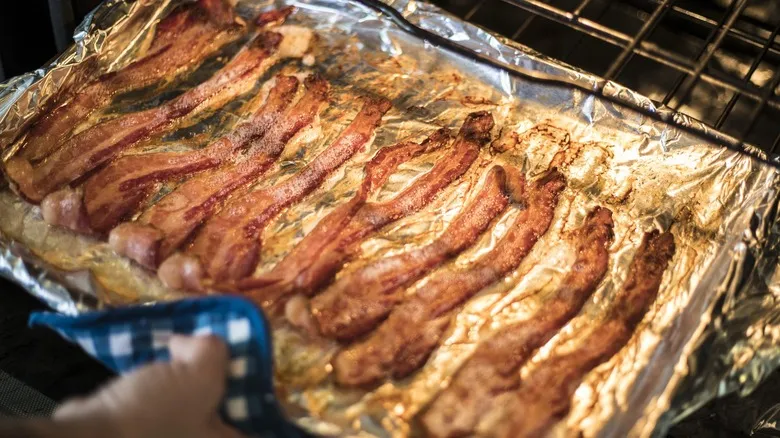Tips to reduce moldy cheese

If your cheese is spoiling quickly or not lasting until its best-by date, improper storage is likely to blame. To keep it fresh for a longer period, refrain from using the plastic wrap it comes in from the store. Instead, opt for wrapping your cheese in wax paper, parchment paper, or specialized cheese paper, which allows for adequate air circulation while still protecting the cheese. Additionally, store it in a humidity-controlled drawer to create the ideal environment, and if you notice the cheese starting to sweat, change the wrapping immediately to prevent moisture accumulation. On the other hand, soft cheeses should be kept in airtight containers to avoid drying out.
When stored correctly, hard cheese can last up to six weeks, semi-hard varieties should be consumed within four weeks, and soft cheeses are typically good for about two weeks after opening. You can also freeze cheese to prolong its shelf life, but keep in mind that not all cheeses freeze well. Freezing can alter the texture, so it's best to avoid freezing soft cheeses or hard types like Parmesan or Romano. However, cheeses like provolone, mozzarella, Gouda, Swiss, and cheddar can be frozen without significantly compromising their quality. Lastly, remember that cheese should not be left out at room temperature for more than two hours. Proper storage and handling will help you make the most of your delicious cheeses.
Recommended

Aluminum Foil Is The Key To Beautifully Rendered Bacon Without A Baking Rack

How To Freeze Leftover Wine To Amp Up Your Meals Later

How To Properly Debone Chicken Thighs With No Hassle

How To Choose The Best Lentils For Your Soup
Next up

